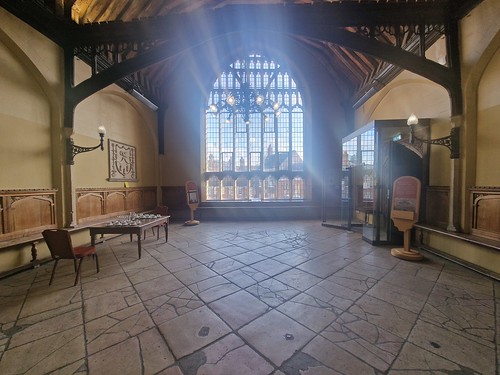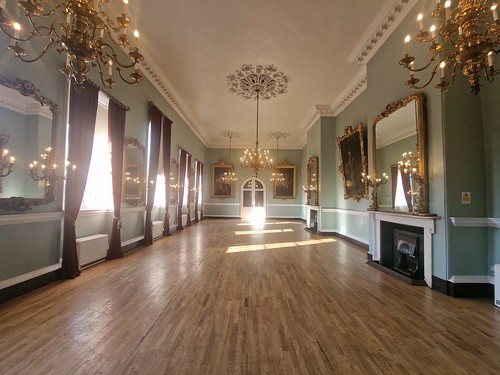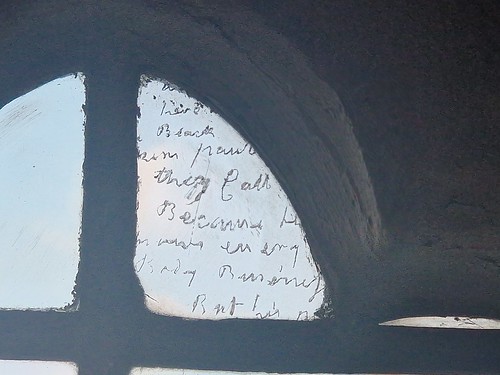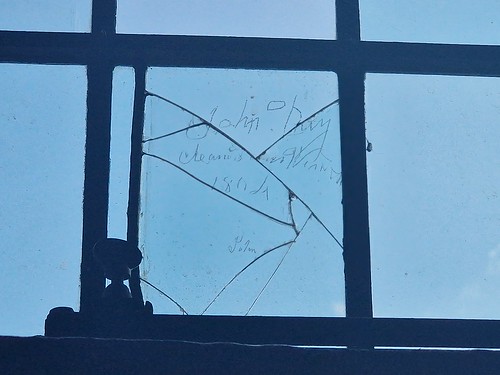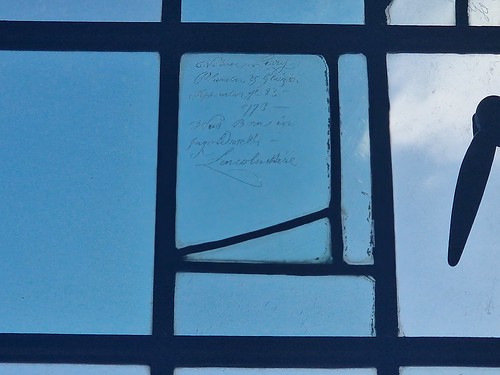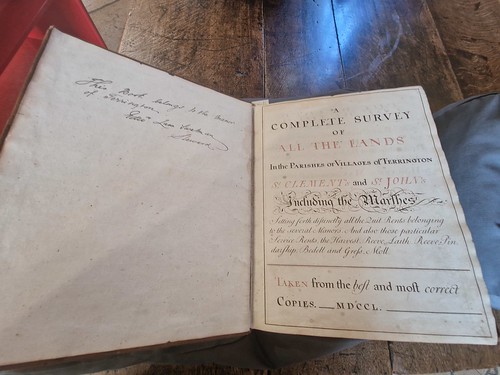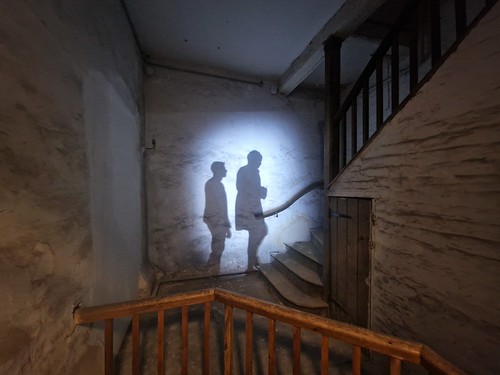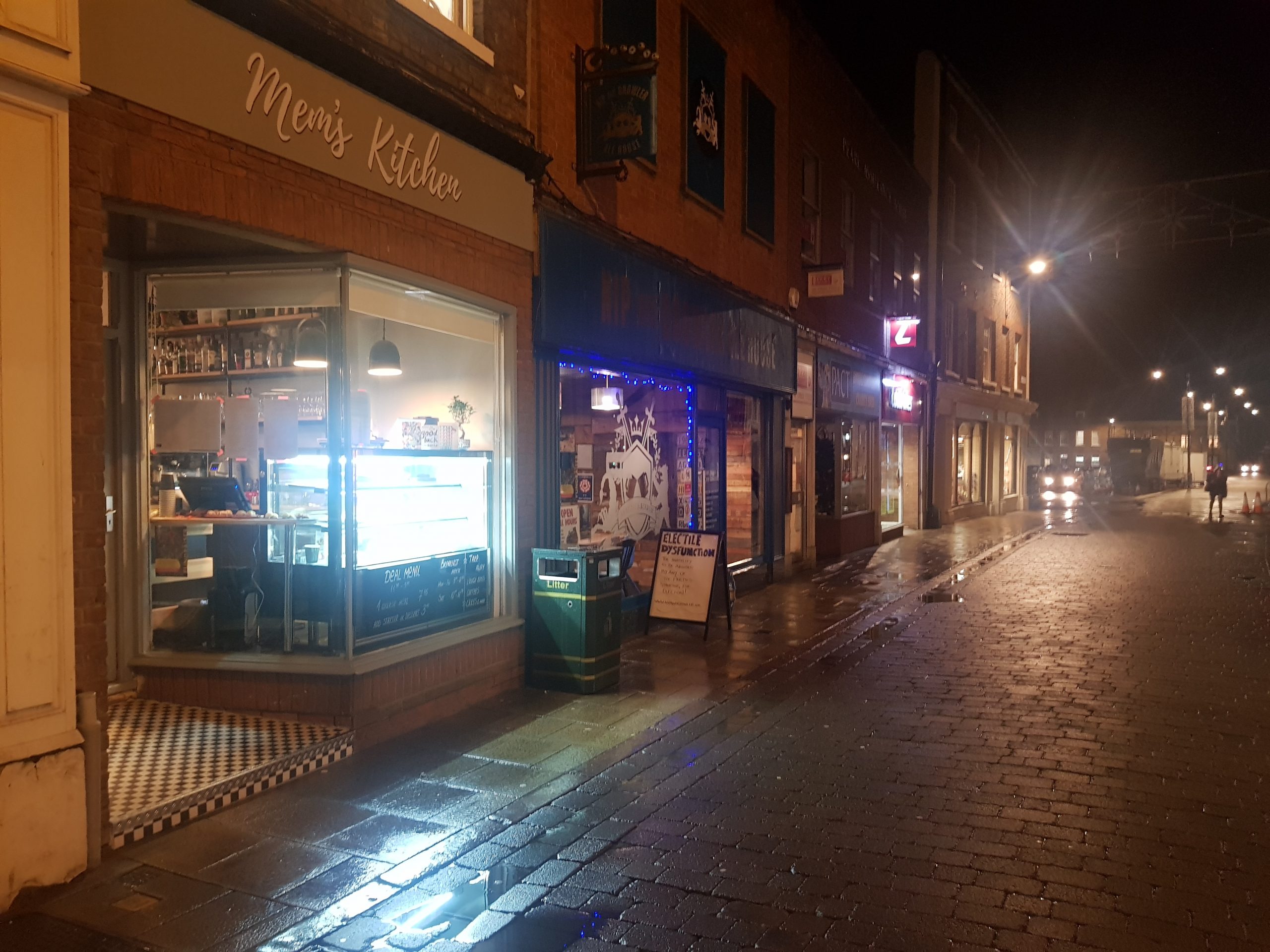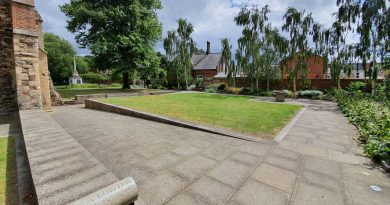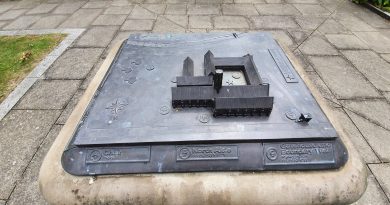King’s Lynn – NORAH event at King’s Lynn Town Hall
Despite all my expeditions to King’s Lynn recently, I’ve never made it to the historic Town Hall. Fortunately, a NorAH event was taking place and a trustee I thought it would made an ideal opportunity to have a look around the building.
The building is too complex to give a comprehensive history here, but there’s more information at their official web-site. But I’ll do my best at a potted history of the building in this post, with this grand room being the Assembly Room. These became popular in the eighteenth and nineteenth centuries, generally used by the more wealthy to take part in events such as balls, concerts, dances and all manner of other decadent events. The room has been decorated as it would have looked in the Georgian period and when they did some analysis of the walls they discovered six very different paint schemes which had been used over the years.
At the rear end of the Assembly Room, and constructed at the same time in 1768, is what is now known as the Card Room. This was used as a quieter and more intimate space which was frequently used by card playing following in the traditions of King George III and King George IV. Today the venue is used for weddings and other formal events, so the traditions of being a meeting place for those in the town continues.
At the other end of the Assembly Room is what I consider to be the centrepiece of the building, the Stone Hall. This was built in 1422 and was originally a merchant guildhall (the Merchant Guild Hall of the Holy Trinity), replacing an earlier building that had caught fire in 1421. The floor is made from Ketton stone (which is from Rutland and is used extensively in a number of colleges at Cambridge University) and was added in 1716, with marks on the floor from when they put in the judge’s bench, defendant’s dock and the jury stalls. The whole design of this room and its long heritage does remind me of similar halls in countries such as Poland, they have no shortage of buildings such as this there, usually by the city’s main market square.
The large tracery window at the end of the Stone Hall has numerous inscriptions that glaziers and plumbers (lead workers) have scratched into the glass over the years, likely annoying generations of custodians of the building.
A close-up of some of the handiwork. There is a guide on the window which shows where the inscriptions are and details of what they say.
A side door from the Stone Hall leads through to the former courtroom which was built in 1767 to serve as the Borough’s council chamber. In 1830 the room was repurposed to become the Petty Sessions, or Magistrate’s Court, and it remained in use until 1982. Modernisation is inevitable and the facilities were dated for the modern age, but there is an element of sadness when traditions come to an end. There’s plenty of centralisation in public services today, a lot of the power and civic functions of King’s Lynn have ebbed away over the years.
The retiring room which was added in 1895 to link the Georgian town hall with the new municipal wing.
The porch where visitors enter the building. It’s an odd design with a fair amount of wasted space, I’m not sure whether they’ve repurposed this area over the years.
Onto the documents that were on display, this is a survey of the lands in Terrington St Clement and Terrington St John.
These documents can often be hard to make out where the handwriting isn’t clear, but the book on the left (which is the one in the previous photo) had a scribe who was clearly proud of their handiwork. The documents and maps on display were all purchased for Norfolk Record Office at public auction following donations made by NorAH and the Audrey Muriel Stratford Trust.
I do like knowing what’s behind a door like this.
And thanks to Luke and his guided tour, I was able to find out. These are the bottom of those stairs, where the prisoners would trudge up to the court and then back down again after having found out their sentence.
All told, a rather lovely evening and it’s positive to see documents being acquired that can be read and accessed for free by anyone who visits the King’s Lynn Borough Archives. It was also a highlight of course to see this historic building and to get a tour of it, I’m very pleased that no-one has ever turned it into a restaurant, hotel or bar in the way that some of these venues are repurposed. Also, for anyone interested, here are details of the NorAH Supporter’s Scheme.

